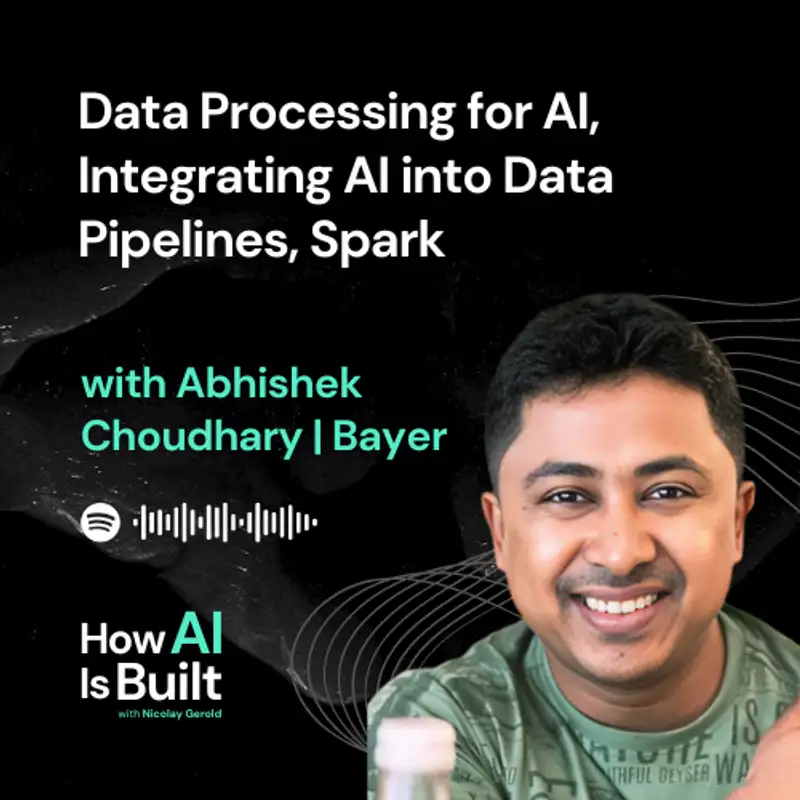This episode of "How AI Is Built" is all about data processing for AI. Abhishek Choudhary and Nicolay discuss Spark and alternatives to process data so it is AI-ready.
Spark is a distributed system that allows for fast data processing by utilizing memory. It uses a dataframe representation "RDD" to simplify data processing.
When should you use Spark to process your data for your AI Systems?
→ Use Spark when:
- Your data exceeds terabytes in volume
- You expect unpredictable data growth
- Your pipeline involves multiple complex operations
- You already have a Spark cluster (e.g., Databricks)
- Your team has strong Spark expertise
- You need distributed computing for performance
- Budget allows for Spark infrastructure costs
→ Consider alternatives when:
- Dealing with datasets under 1TB
- In early stages of AI development
- Budget constraints limit infrastructure spending
- Simpler tools like Pandas or DuckDB suffice
Spark isn't always necessary. Evaluate your specific needs and resources before committing to a Spark-based solution for AI data processing.
In today’s episode of How AI Is Built, Abhishek and I discuss data processing:
- When to use Spark vs. alternatives for data processing
- Key components of Spark: RDDs, DataFrames, and SQL
- Integrating AI into data pipelines
- Challenges with LLM latency and consistency
- Data storage strategies for AI workloads
- Orchestration tools for data pipelines
- Tips for making LLMs more reliable in production
Abhishek Choudhary:
Nicolay Gerold:
 S1E16
S1E16